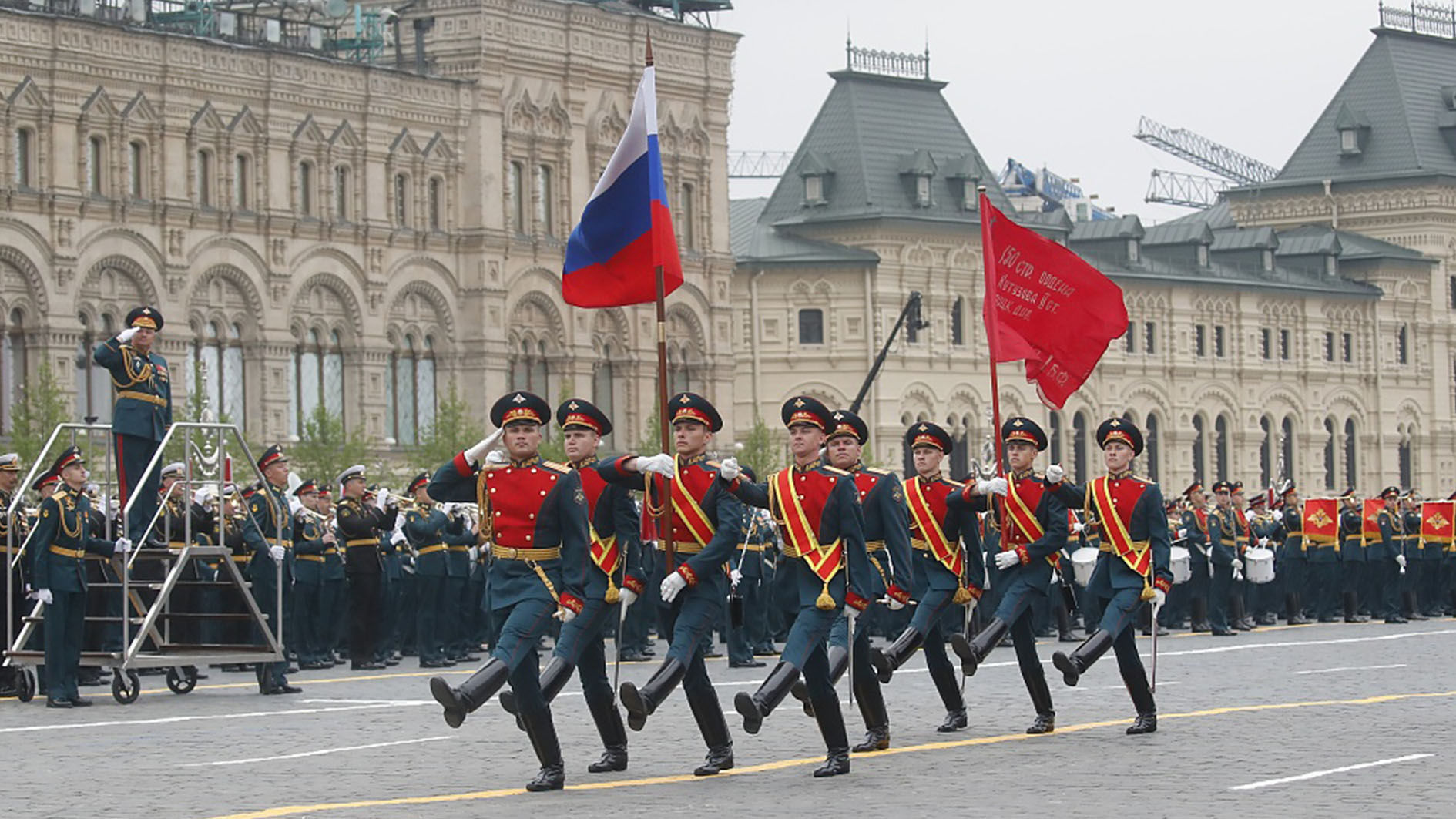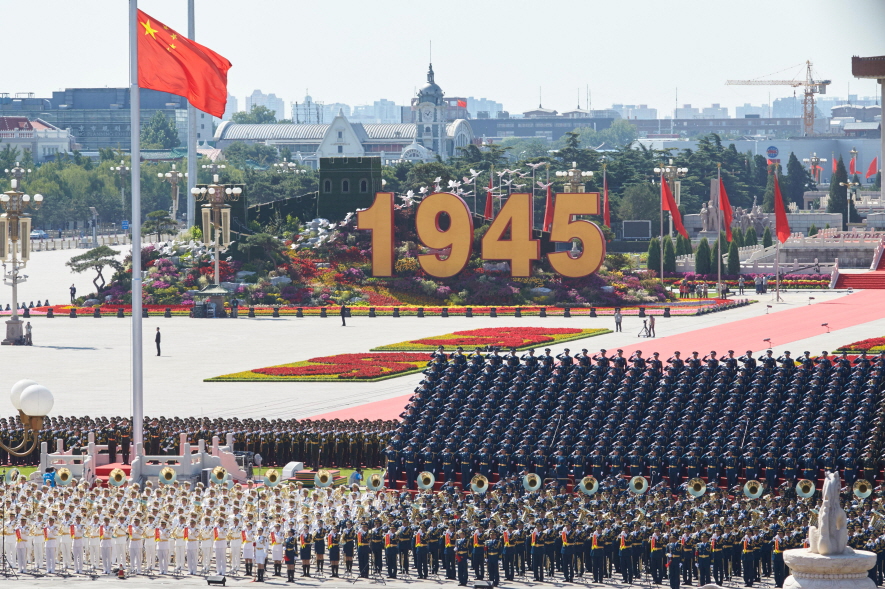

China’s state media called it the “carrier killer.” Ahead of the parade, state media had said that 84 percent of the equipment on display would be making its public debut.Īmong the most notable weapons displayed was the Dongfeng-21D, a missile with a radar-guided warhead seen as an effective weapon against U.S. Over 12,000 troops marched into Tiananmen, followed by an impressive array of tanks, drones, fighter jets, and nuclear-capable intercontinental ballistic missiles. However the overtly military spectacle again raised questions about China’s rise and the role it seeks to play in the world. The parade, with its 70-gun salute and release at the end of thousands of doves and balloons was both a solemn reminder of the China’s past suffering and celebration of its accomplishments.
#China victory day parade full
Defense spending has been growing by at least 10 percent annually for years, part of a long-standing effort to modernize the armed forces.Īnd for about an hour Thursday, China put that modernization on full display.Ĭhinese military officials salute during a parade commemorating the 70th anniversary of Japan's surrender during World War II held in front of Tiananmen Gate, in Beijing, Thursday, Sept.

Officials said the troop cuts will be completed by 2017, and that they are not expected to weaken China's military. "No matter how much stronger it may become, China will never seek hegemony or expansion." "China will remain committed to peaceful development," President Xi said as he announced the Chinese armed forces will be reduced from 2.3 million service members to 2 million. In a speech he delivered shortly before a stream of tanks, ballistic missiles, drones and goose-stepping soldiers rolled through Beijing's Tiananmen Square, Xi said the troops cuts are in the interests of peace, and said his country has no interest in controlling its neighbor states or expansion that would harm other nations.

As China flourished its military power in a spectacular parade Thursday commemorating the victory over Japan in World War II, President Xi Jinping announced he plans to cut the world’s largest military force by 300,000 - by more than 10 percent.


 0 kommentar(er)
0 kommentar(er)
